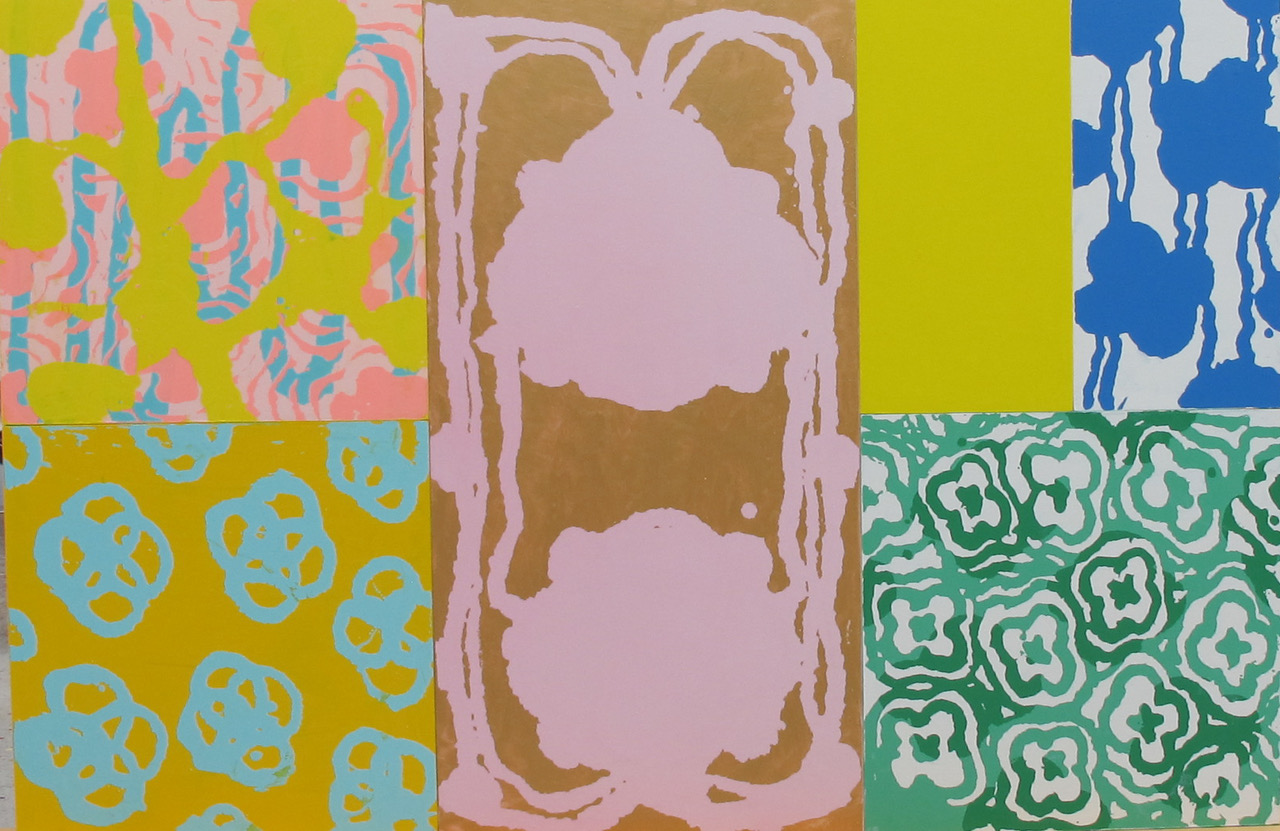artist/ Bosser
France

French contemporary artist, born in Le Havre in 1946, Jacques Bosser enjoys international fame. His works have been the subject of exhibitions in France as well as in the USA in New York and Los Angeles, in London, in Tokyo, in South Korea, in Italy, in Spain, in Ireland, in Switzerland, in Belgium , in Luxembourg…
Jacques Bosser developed an empirical technique that he has refined for more than forty years. Working in layers on wooden or paper supports, he applies color in successive layers. These layers are made up of pigments mixed with acrylic resin forming a chromatic paste. Water and air draw its patterns. The painting is thus gradually revealed, between layer and overlayer of paint. Influenced by the Japanese philosophy of Wabi Sabi, he leaves a part to chance and imperfection.
From tribal signs, a resurgence of his African childhood, to floral themes, Jacques Bosser’s sources of inspiration are multiple. He is sensitive to the poetry of forms which meet, intermingle, multiply, move away, come closer, overlap… Like musical notes, these forms are repeated in his work, enriched by chromatic flights, to offer the viewer a soft plastic melody. The repetitions of large flat areas of color, “The colorfield” by Barnett Newman or Clyfford Still, seem to be a sphere of influence for the artist, but he adapts them to his own writing. The motif returns, from painting to painting, from year to year. He is “neither quite the same, nor quite another” (Paul Verlaine). It crosses the barriers of time and exposure. Like an Ariadne’s thread, it links the artist’s works by placing them in a context of chronological and thematic continuity. These patterns become writing, imprint, personal language. There is no doubt that Jacques Bosser has imprinted his style in the great book of art history.
A poet at heart, Jacques Bosser has a Parnassian approach to the rhythmic organization of his works. Combining several supports (wooden boxes or Arche paper), he begins the creation of his painting with the most important piece in terms of volume. From this piece, he combines the other parts of his painting by playing romantically with shapes and colors. This plastic versification, between rigor and romanticism, provides the viewer with gentle emotional vibrations. An energy seems to circulate between the parts of the work, a mysterious link, a “flow of sensations” as the artist calls it. Hence the importance of this fragmentary organization of the work which requires a long reflection from the artist aimed at putting the colors in tension, or, on the contrary, at blending them into a chromatic gradient.
The aesthetics of forms are combined with Jacques Bosser’s mastery of chromatic combinations. A dynamic relationship seems to exist between the different colors of the same plastic composition. These colors soften or energize each other. They are exhibited in a rhythmic choreography, forming arabesques which communicate with the other elements of the adjacent panels. They thus become sensation, emotion. The cheerfulness of the colors is also expressed in the relationships they have with the backgrounds on which they emerge and seem to be levitating.
















